Quilts: Connecting Math, Art, and Communities in the Primary Grades
Interested in developing resources to foster authentic connections between the mathematics students are learning and their experiences, the Forum for Equity in Elementary Mathematics developed Excursions—freely available sequences of related activities that encourage students to apply the mathematics they are learning to their own and others’ lives and communities. This blog, the first in a series of six, illustrates the principles laid out in the introductory blog through an overview of one of the Excursions. It also shares the experience and work of field test teachers and students.
Quilts is a 2D geometry Excursion for grades 1-2. This Excursion begins with a conversation about what students know about quilts. The class watches and discusses a short video about an Alabama community, Gee’s Bend, that has made quilts for generations—quilts that have become renowned as sources of inspiration and pieces of art. The class looks at examples of quilts from Gee’s Bend that are categorized as “patterns and geometry,” setting up their work to make their own shape quilts.
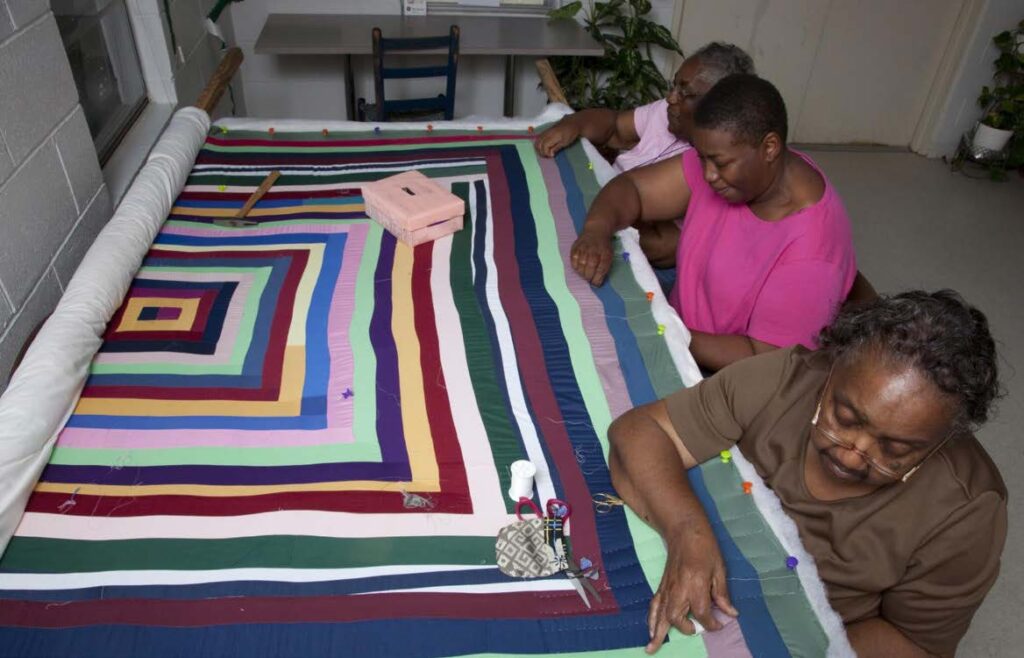
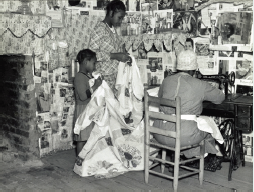
To deepen their understanding of quilts, and connect their families and communities to these ideas, students ask people about quilts in their families. Examples are discussed throughout the Excursion, and children’s literature also clarifies and expands students’ knowledge about quilts.
“One little boy, the first story that came back, said ‘My mom has a special quilt. My grammy made it out of my mom’s baby blanket. We put it under the Christmas tree every year. It’s made out of squares. There’s red, blue, green, yellow, and white.’ He drew a picture of it, and that family sent in a picture of the baby blanket under the tree and when the kids saw that, it sparked a massive discussion about having things from family members in your house and that was a wonderful, wonderful discussion. It just kept going and everyone shared, including my multilingual learners – ‘mi casa, at mi casa!’ – so that was really nice. It was personal for the kids. They’re telling their own story.” – Kara, Field Test Teacher
Students then move into designing their own paper quilts. First, they use two colors to design different Quilt Squares, made of triangles and squares.
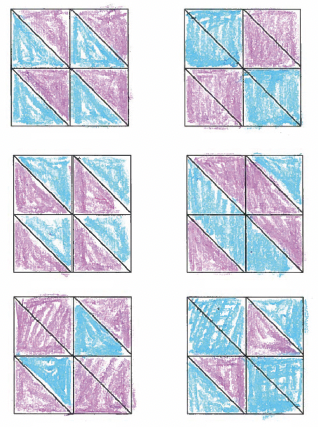
Then they choose their favorite, to iterate into a quilt. Two examples follow. Can you tell which quilt square they chose to iterate?
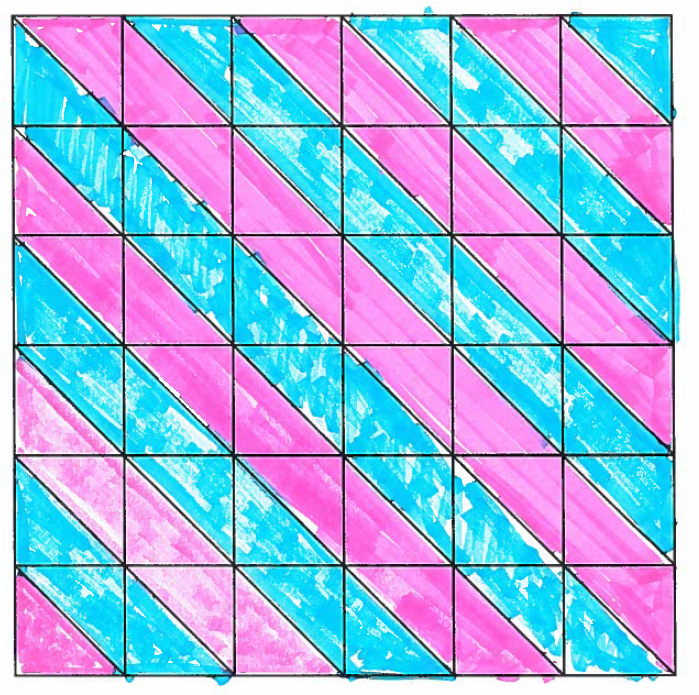

The Excursion ends with a discussion about students’ quilts, focused on the shapes students see, how shapes are coming together to make other shapes, and whether there are any “new” shapes in the full quilt. They look for different quilts where the similar things are happening.

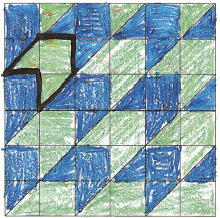
“There was one girl who, when she finished, was surprised when she saw the triangles turning into larger quadrilaterals. So we put it under the document camera so everyone could see it large up on the board. And the kids were like ‘Oh! I didn’t expect that!’ and ‘Whoa!’ And they came up to touch and trace it. It was a really good discussion.” – Kara, Field Test Teacher
“The discussion was really successful. Everybody knew their work was going to be seen and I was really impressed with the connections they made. ‘That looks like so and so’s quilt!’ and ‘That looks like this one!’ When I showed my multilingual students’ quilts, they came up and talked in front of the class, and everyone was genuinely listening and engaged which doesn’t always happen. And the person sharing was really proud. It was just really authentic, deep conversation.” – Anna, Field Test Teacher
The Excursion also includes ways to go deeper, for example by sharing literature about Gee’s Bend and about quilts in general. Some teachers bind students’ quilts into a Class Book, while others provide a way for students to share their work with families and/or other people in their school (e.g. an event in their classroom; displays in their hallway).
The Excursion also includes ways to go deeper, for example by sharing literature about Gee’s Bend and about quilts in general. It also offers offering suggestions for sharing students’ work with families and/or other people in their school. For example, teachers might bind students’ paper quilts into a Class Book and host an event in their classrooms or create displays in the hallway to share with the school community.
“I really enjoyed this Excursion. It felt really authentic, we had a lot of buy in, kids were super excited about it, everybody could access it, and they were thrilled to have their quilts hanging up in the hallway. Overall it felt like a really positive week of learning.” – Harriet, Field Test Teacher
The participating teachers’ feedback often echoed the goals laid out in the introductory blog, as illustrated by the quotes included here and in the upcoming blogs in this series. They spoke of increased engagement and persistence, and of an expansion of voices in the math classroom. They commented on both the accessibility of the activities and the depth and richness of the mathematics. They described learning more about students and their families, and about students learning more about each other. In sum, it seems that deep and rigorous math activities that support all students in making meaningful connections between what they are learning, their interests, their communities, and the world support the development of a vibrant mathematics classroom in which all students engage actively and joyfully in important math learning.
Resources
1. Highsmith, C. M., photographer. (2010) Women from Gee’s Bend work on a quilt. Gee’s Bend, Alabama. United States, 2010. April 5. [Photograph] Retrieved from the Library of Congress, https://www.loc. gov/item/2010639062/.
2. Rothstein, A., photographer. (1937) Sewing a quilt. Gees Bend, Alabama. Wilcox County United States, 1937. Apr. [Photograph] Retrieved from the Library of Congress, https://www.loc.gov/item/2017775821/.
